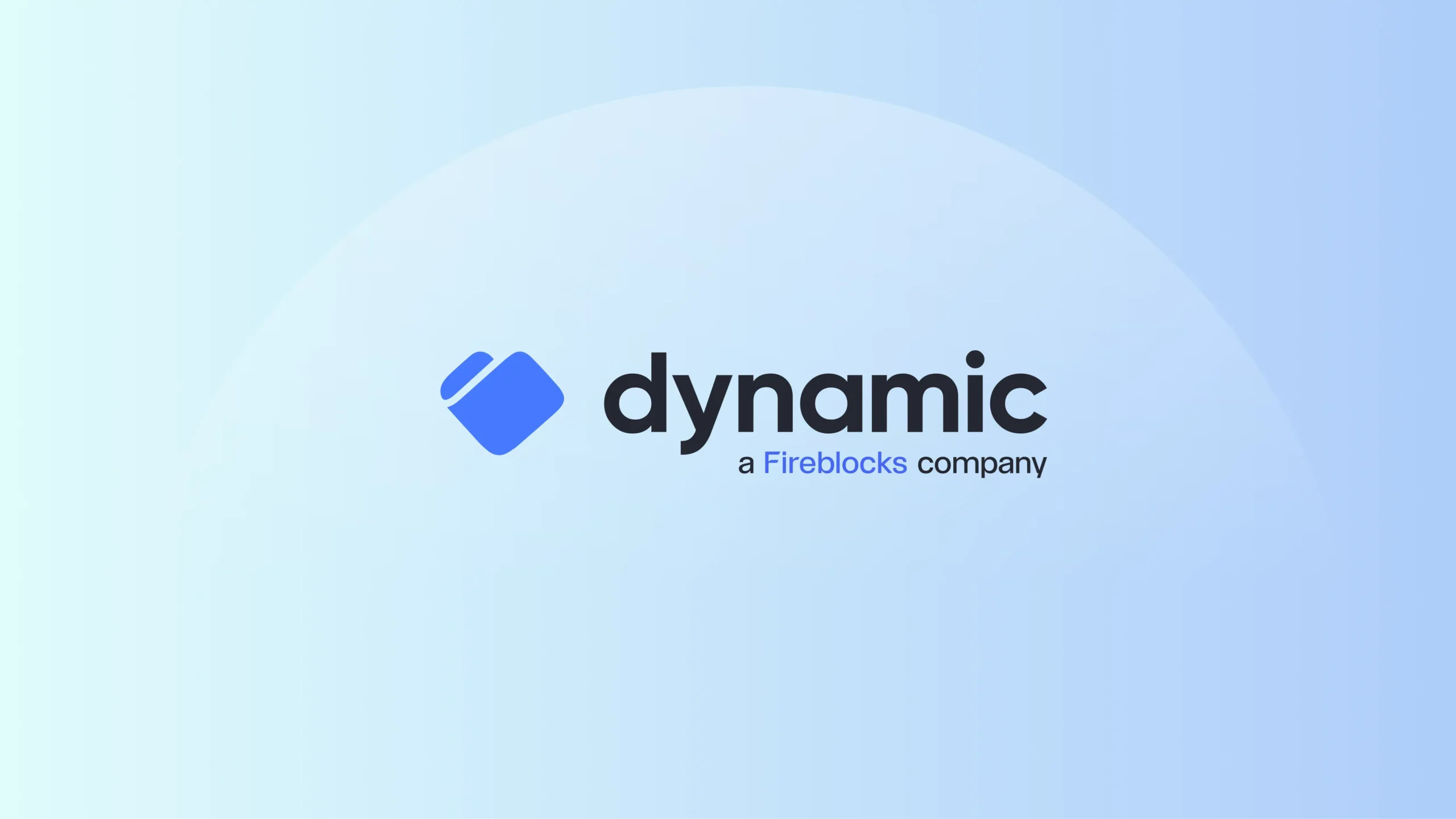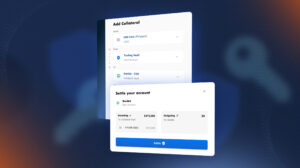Introduction
If you’re searching for the best crypto staking platform to deploy institutional capital, security and operational flexibility are non-negotiable. In this post, we’ll explain why Fireblocks is a compelling choice among crypto staking platforms, how its staking capabilities work in practice, and how it compares to alternative institutional solutions.
Unlike traditional custodial providers that bolt staking onto custody accounts, Fireblocks embeds staking directly into its core multi-party computation (MPC) custody and policy layer, delivering a unified operational experience with end-to-end support for institutional stakers.
What Makes a Great Crypto Staking Platform? — Key Criteria
Before we dig into Fireblocks, here’s what you should expect from a top-tier staking infrastructure provider:
| Criteria | Why It Matters | Benchmark Features |
| Security & custody | Even though staking involves locking up assets, staked assets can still be stolen if the keys for the original staking wallet are compromised. | MPC or hardware root of trust, policy controls, auditability, insurance |
| Validator / provider integrations | The platform should let you choose from trusted validators or run your own | Access to a wide range of vetted institutional staking providers |
| Operational flexibility & API support | Enterprises need automation, monitoring, and governance controls | Staking APIs, SDKs, dashboards, policy engine |
| Support for multiple chains | To diversify and optimize yield, you need multi-chain support and broad network coverage | Native staking support across major PoS networks |
| Liquid staking | Institutions need the option to maintain liquidity while earning rewards | Integrations with liquid staking protocols |
| Transparency, reporting, and auditability | Institutions demand full visibility | Real-time dashboards, reporting tools, transaction logs |
| Ease of use / user experience | Stake operations should integrate naturally into existing workflows | In-console staking, “one-click” flows, governance workflows |
While many institutional custody providers have introduced staking, most still separate custody and staking operations. Fireblocks eliminates that friction by unifying custody and staking under a single platform that plugs seamlessly into existing workflows and governance controls.
How Fireblocks Supports Crypto Staking: Deep Dive
1. Native Staking Dashboard + API / SDK
Fireblocks offers both a dashboard and programmatic interfaces for staking. Through our Staking dashboard, operations teams can stake directly, monitor positions, and manage rewards in real time. Through native staking, customers can also set staking policies such as predefined destinations and asset amounts, preventing errors, allowing granular control, and enabling easier setup.
For automation, Fireblocks exposes dedicated staking API endpoints and supports policy rules (e.g., requiring approval flows) for staking operations. This dual mode (UI + API) ensures that Fireblocks is suitable both for teams that prefer UI control and those building automated staking pipelines.
2. Custody, Key Control & Policy Engine
Fireblocks’ multi-party computation (MPC) model ensures no single party (including Fireblocks) can unilaterally access keys or initiate staking, helping to improve overall security posture. Combined with policy-based governance, this architecture gives institutions both security and operational sovereignty.
Fireblocks enables staking directly from vaults you already control without requiring asset transfers to separate staking wallets. This reduces operational complexity and counterparty risk.
3. Validator / Provider Integrations
Fireblocks integrates with a wide range of trusted institutional validators, allowing clients to select preferred partners and diversify their partner set, all from standardized controls, interfaces, and APIs via a single dashboard. Fireblocks’ integrated validator marketplace includes partners such as Figment, Kiln, Galaxy Digital and others, enabling “one-click staking” across major proof-of-stake networks.
Some competing custody platforms limit staking to a single in-house validator or a small set of networks. Fireblocks instead offers an open validator marketplace that includes a bring-your-own-validator option, unifying validator access, custody, and policy management within a single platform.
4. Multi-Chain & Liquid Staking Support
Fireblocks supports native staking for Ethereum, Solana, and Polygon, among others, through both UI and API workflows. Fireblocks also integrates liquid staking protocols like Lido and LsETH. Beyond native staking, Fireblocks supports all tokens and dApps on supported blockchains, enabling users to access nearly all staking options.
While many custodial staking solutions focus narrowly on Ethereum or a handful of proof-of-stake chains, Fireblocks supports a broader ecosystem of networks and liquid staking protocols, empowering institutions to diversify yield strategies and maintain liquidity without operational overhead.
5. Risk Mitigation, Reporting & Transparency
With Fireblocks’ institutional-grade partners, the ability to diversify staking across multiple partners and validators, and a reduced attack surface, our staking platform helps to mitigate risk exposure and any single points of failure:
- Policy Engine: Enforce approval workflows, limits, and checks before staking or unstaking.
- Real-time Monitoring & Reports: View staking operations, reward accrual, and performance metrics in real time.
- Validator Redundancy: By selecting high-reliability validators, Fireblocks clients benefit from built-in uptime resilience.
Because Fireblocks is already trusted by over 2,400+ institutions for digital asset operations, it leverages its scale and security frameworks to enhance staking safety and transparency.
Below is a high-level comparison of Fireblocks against other leading institutional staking platforms:
| Category | Fireblocks Advantage | Typical Alternatives |
| Validator Access | Integrated marketplace with multiple institutional validator partners | Limited validator options, often in-house only |
| Operational Flexibility | Unified dashboard + APIs for automation, monitoring, and governance | Fragmented workflows; staking often separate from custody |
| Network Coverage | Multi-chain support + liquid staking protocols | Restricted to select networks |
| Auditability & Reporting | Real-time dashboards, logs, and compliance-ready exports | Manual reporting or delayed data availability |
In short, Fireblocks bridges the gap between staking infrastructure and institutional-grade custody by offering capabilities that competing solutions typically provide only in fragments.
Use Cases & Ideal Customer Profile
Fireblocks excels for organizations that want to expedite time-to-market, save on dev or operational overhead, or that don’t have advanced internal staking knowledge. With a simple click-to-stake model, these companies can benefit from ease-of-use and abstracted complexities that are often found with other providers, and explore new staking use cases such as:
- Institutions wanting to stake directly from custody vaults while leveraging existing infrastructure and controls
- Treasury or trading teams integrating staking via APIs/SDKs.
- Multi-chain strategies seeking flexibility and yield diversification.
- Risk-averse organizations prioritizing policy control, auditability, and validator resilience.
- Firms anticipating evolving staking needs and requiring a scalable, programmable platform.
If your organization already uses Fireblocks for custody, treasury, or transaction workflows, extending staking through the same platform minimizes friction and operational overhead.
Conclusion
When assessing crypto staking platforms, there are many moving parts: custody, governance, validator integration, automation, multi-chain support, and transparency. Fireblocks distinguishes itself as a platform that unifies all these capabilities into a coherent, enterprise-grade staking solution.
While other providers may offer strong custody or reliable validators, few combine both under a secure, policy-driven framework. Fireblocks enables institutions to stake, manage, and report within the same trusted environment, making it one of the best crypto staking platforms available for institutional users today.



